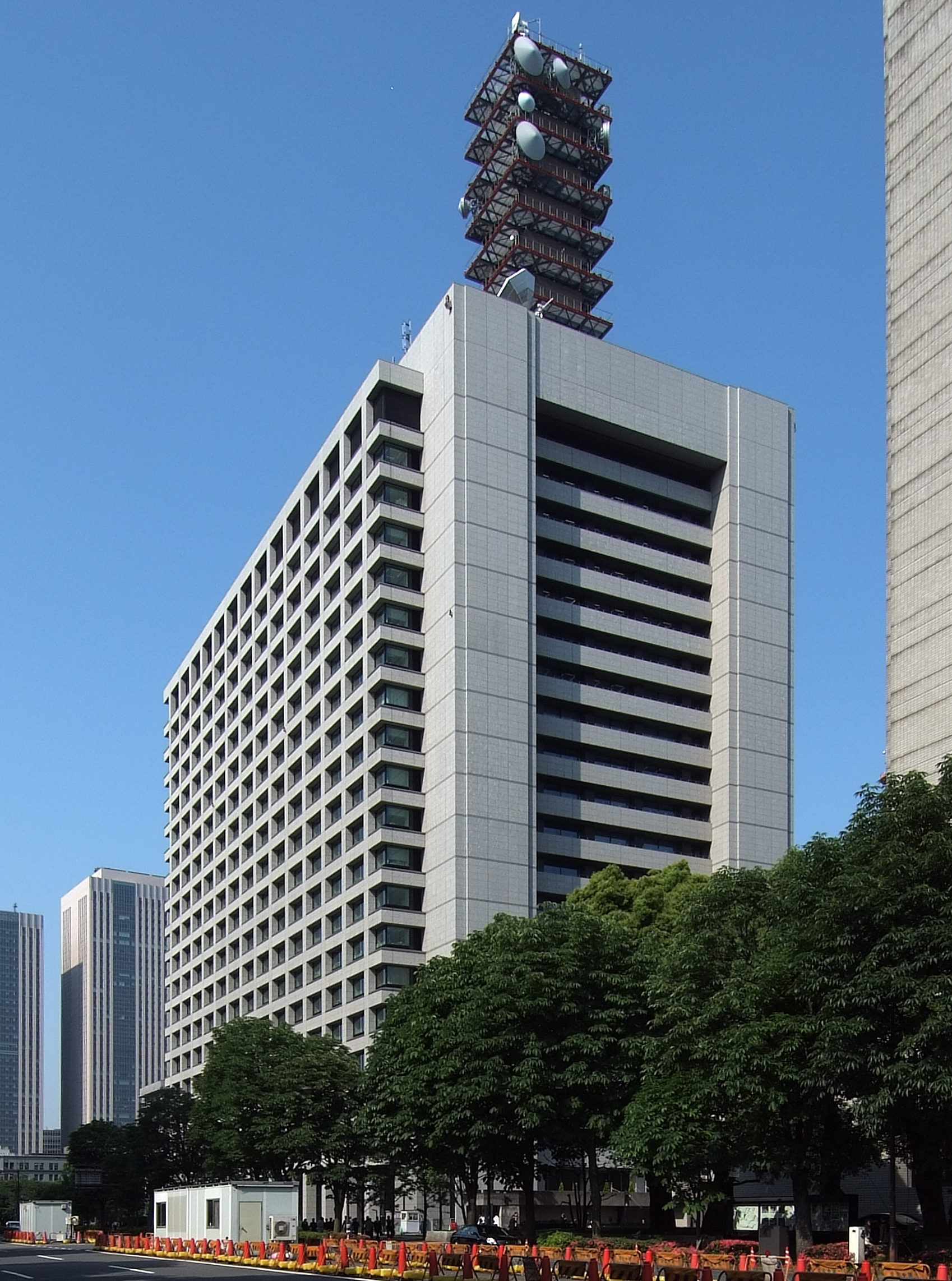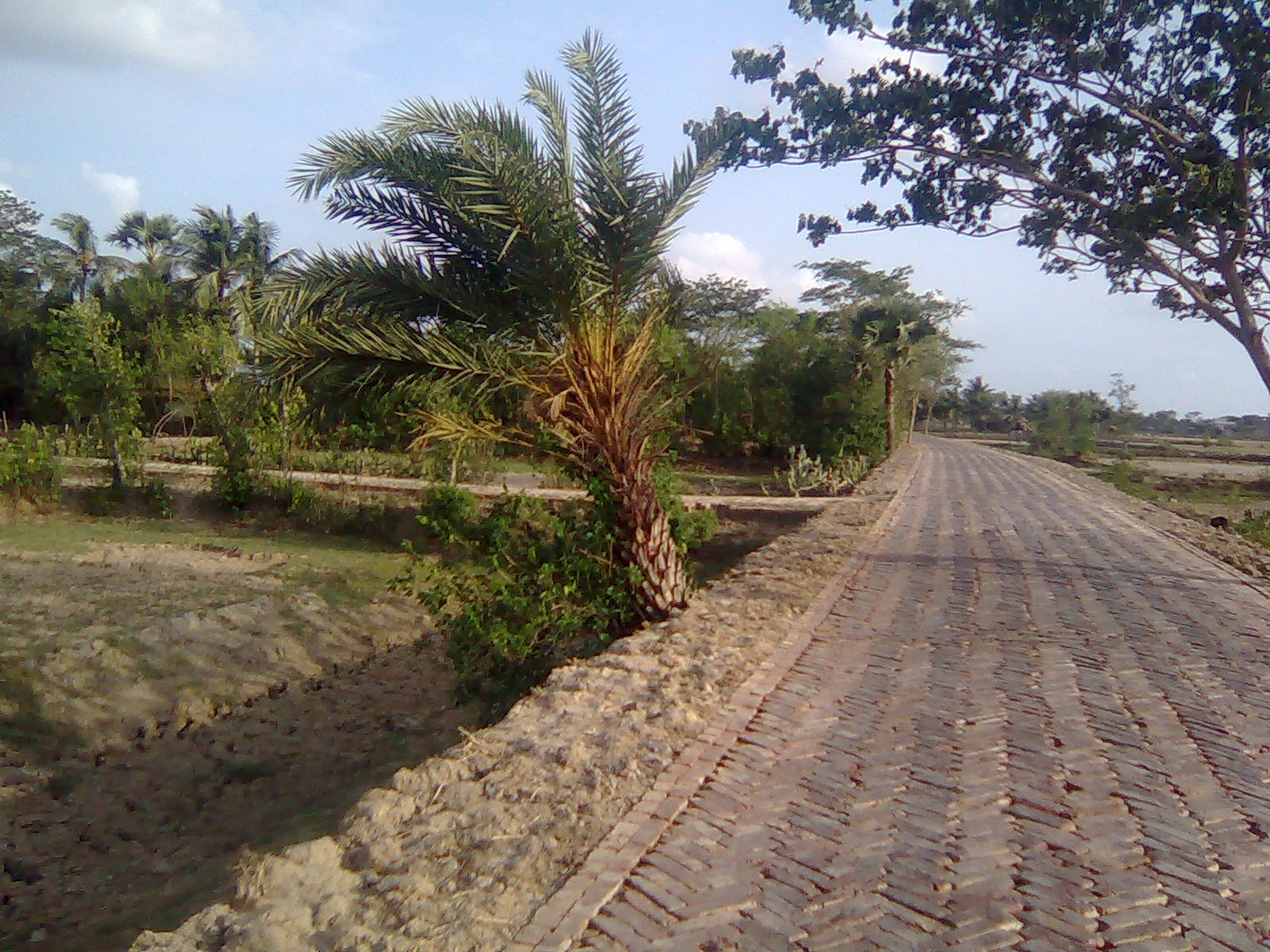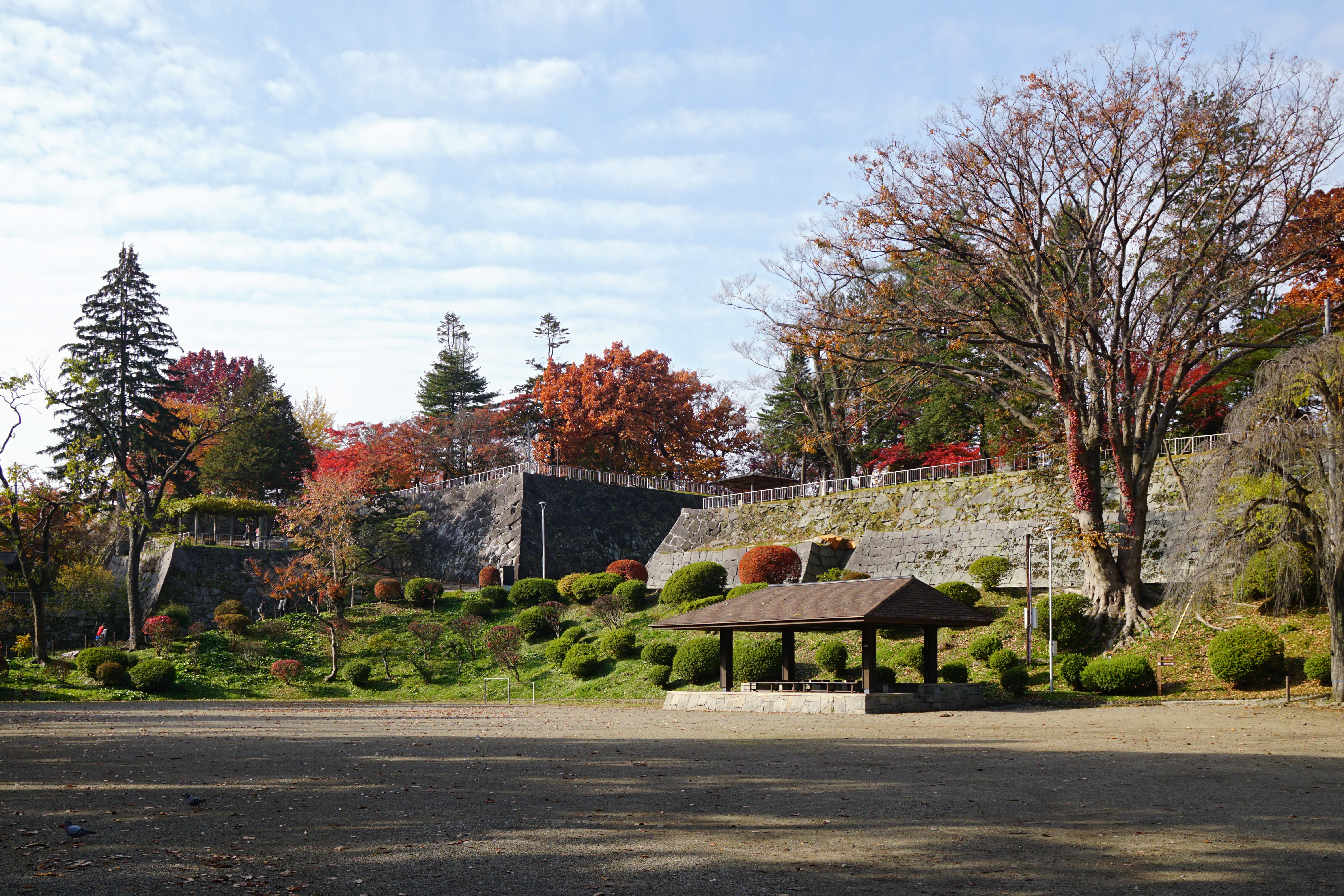|
Hachinohe-Kuji Expressway
The is an incompleted expressway in the southeastern part of Aomori Prefecture and the coastal area of Iwate Prefecture in northern Japan. It is owned and operated primarily by the Ministry of Land, Infrastructure, Transport and Tourism (MLIT), but has a section maintained by the East Nippon Expressway Company. The route is signed as an auxiliary route of National Route 45 as well E45 under MLIT's "2016 Proposal for Realization of Expressway Numbering." Route description As of June 2020, the expressway consists of two sections, one that bypasses the central part of Hachinohe, Aomori and the other travels north from the central part of Kuji, Iwate. Hachinohe section The northern terminus of the expressway is at Hachinohe Junction, where the route meets the branch route of the Hachinohe Expressway. Near this junction, drivers pass through a toll booth that collects fees based on the distance traveled on the Hachinohe Expressway. From this point, tolls are not incurred for drivin ... [...More Info...] [...Related Items...] OR: [Wikipedia] [Google] [Baidu] |
Ministry Of Land, Infrastructure, Transport And Tourism
The , abbreviated MLIT, is a ministry of the Japanese government.国土交通省設置法 , Ministry of Internal Affairs and Communications. It is responsible for one-third of all the laws and orders in Japan, and is the largest Japanese ministry in terms of employees, as well as the second-largest executive agency of the Japanese government after the Ministry of Defense (Japan), Ministry of Defense. The ministry oversees four external agencies including the Japan Coast Guard and the Japan Tourism Agency. Overview In order to accomplish the tasks set forth in Article 3 of the Ministry of Land, Infrastructure, Transport and Tourism Act, the following should be considered: national land planning, cities, roads, buildings, houses, rivers, ports, government maintenance, national land surveying, transp ...[...More Info...] [...Related Items...] OR: [Wikipedia] [Google] [Baidu] |
Hachinohe Line
The is a railway line in the Tohoku Region of Japan, operated by East Japan Railway Company (JR East). It links Hachinohe Station in Hachinohe, Aomori with Kuji Station in Kuji, Iwate. The line stretches 64.9 km along the Pacific Ocean coast with a total of 25 stations. The section between Hachinohe and Same stations is also known as the . Stations ;Legend :◇, ∨, ∧ - Trains can pass each other at this station :| - Trains cannot pass Rolling stock New KiHa E130-500 series diesel multiple unit trains were introduced on the Hachinohe Line from 2 December 2017, displacing the ageing KiHa 40 series DMUs. All services on the line will be operated by KiHa E130-500 series DMUs from the start of the revised timetable on 17 March 2018. The fleet consists of six two-car units and six single-car units. History In 1894, a spur line connecting Shiriuchi (now ) on the Tohoku Main Line with Hachinohe (now was completed. This line was soon extended south to the now-defunct ... [...More Info...] [...Related Items...] OR: [Wikipedia] [Google] [Baidu] |
Roads In Iwate Prefecture
A road is a linear way for the conveyance of traffic that mostly has an improved surface for use by vehicles (motorized and non-motorized) and pedestrians. Unlike streets, the main function of roads is transportation. There are many types of roads, including parkways, avenues, controlled-access highways (freeways, motorways, and expressways), tollways, interstates, highways, thoroughfares, and local roads. The primary features of roads include lanes, sidewalks (pavement), roadways (carriageways), medians, shoulders, verges, bike paths (cycle paths), and shared-use paths. Definitions Historically many roads were simply recognizable routes without any formal construction or some maintenance. The Organization for Economic Co-operation and Development (OECD) defines a road as "a line of communication (travelled way) using a stabilized base other than rails or air strips open to public traffic, primarily for the use of road motor vehicles running on their own wheels", which i ... [...More Info...] [...Related Items...] OR: [Wikipedia] [Google] [Baidu] |
Roads In Aomori Prefecture
A road is a linear way for the conveyance of traffic that mostly has an improved surface for use by vehicles (motorized and non-motorized) and pedestrians. Unlike streets, the main function of roads is transportation. There are many types of roads, including parkways, avenues, controlled-access highways (freeways, motorways, and expressways), tollways, interstates, highways, thoroughfares, and local roads. The primary features of roads include lanes, sidewalks (pavement), roadways (carriageways), medians, shoulders, verges, bike paths (cycle paths), and shared-use paths. Definitions Historically many roads were simply recognizable routes without any formal construction or some maintenance. The Organization for Economic Co-operation and Development (OECD) defines a road as "a line of communication (travelled way) using a stabilized base other than rails or air strips open to public traffic, primarily for the use of road motor vehicles running on their own wheels", which i ... [...More Info...] [...Related Items...] OR: [Wikipedia] [Google] [Baidu] |
Ninohe, Iwate
is a city located in Iwate Prefecture, Japan. , the city had an estimated population of 26,344, and a population density of 63 persons per km2 in 11,803 households. The total area of the city is . Geography Ninohe is located in far north-center Iwate Prefecture, bordered by Aomori Prefecture to the north. The northern end of the Kitakami Mountains, the 852.2 meter Mount Oritsume is in Ninohe. Approximately 70% of the city area is mountainous and forested. The upper reaches of the Mabechi River flows through the city. A portion of the city is within the borders of the Oritsume Basenkyō Prefectural Natural Park. Neighboring municipalities Aomori Prefecture * Nanbu *Sannohe *Takko Iwate Prefecture * Hachimantai * Kunohe * Karumai * Ichinohe Climate Ninohe has a humid continental climate (Köppen ''Dfb'') characterized by mild summers and cold winters with heavy snowfall. The average annual temperature in Ninohe is 9.7 °C. The average annual rainfall is 1248 mm with Se ... [...More Info...] [...Related Items...] OR: [Wikipedia] [Google] [Baidu] |
Samuraihama Station
is a railway station on the Hachinohe Line in the city of Kuji, Iwate Prefecture, Japan. It is operated by the East Japan Railway Company (JR East). Lines Samuraihama Station is served by the Hachinohe Line, and is 38.1 kilometers from the terminus of the line at Hachinohe Station. Station layout Samuraihama Station has a single ground-level side platform serving one bi-directional track. The station is unattended. History Samuraihama Station opened on March 27, 1930. On April 1, 1987, upon the privatization of Japanese National Railways (JNR), the station came under the operational control of JR East. The station has been unattended since October 16, 2004. Surrounding area *Samuraihama Post Office *National Route 45 * National Route 395 See also * List of railway stations in Japan The links below contain all of the 8579 railway stations in Japan. External links {{Portal bar, Japan, Trains * Railway stations Japan Japan ( ja, 日本, or , and formal ... [...More Info...] [...Related Items...] OR: [Wikipedia] [Google] [Baidu] |
Tanesashi Kaigan Hashikamidake Prefectural Natural Park
is a Prefectural Natural Park in southeast Aomori Prefecture, Japan. Established in 1953, the park spans the borders of the municipalities of Hachinohe and Hashikami. It derives its name from the Tanesashi Coast and . In 2013 the park was incorporated into Sanriku Fukkō National Park. See also * National Parks of Japan National may refer to: Common uses * Nation or country ** Nationality – a ''national'' is a person who is subject to a nation, regardless of whether the person has full rights as a citizen Places in the United States * National, Maryland, ce ... References Parks and gardens in Aomori Prefecture Hachinohe Hashikami, Aomori Protected areas established in 1953 1953 establishments in Japan {{Japan-protected-area-stub ... [...More Info...] [...Related Items...] OR: [Wikipedia] [Google] [Baidu] |
Japanese National Route Sign 0045
Japanese may refer to: * Something from or related to Japan, an island country in East Asia * Japanese language, spoken mainly in Japan * Japanese people, the ethnic group that identifies with Japan through ancestry or culture ** Japanese diaspora, Japanese emigrants and their descendants around the world * Japanese citizens, nationals of Japan under Japanese nationality law ** Foreign-born Japanese, naturalized citizens of Japan * Japanese writing system, consisting of kanji and kana * Japanese cuisine, the food and food culture of Japan See also * List of Japanese people * * Japonica (other) * Japonicum * Japonicus * Japanese studies Japanese studies (Japanese: ) or Japan studies (sometimes Japanology in Europe), is a sub-field of area studies or East Asian studies involved in social sciences and humanities research on Japan. It incorporates fields such as the study of Japanese ... {{disambiguation Language and nationality disambiguation pages ... [...More Info...] [...Related Items...] OR: [Wikipedia] [Google] [Baidu] |
Hashikami, Aomori
is a town located in Aomori Prefecture, Japan. , the town had an estimated population of 13,494, and a population density of 140 persons per km2 in 5,950 households. The total area of the town is . Geography Hashikami occupies the far southeast corner of Aomori Prefecture, facing the Pacific Ocean. The coastline is rugged and highly indented, forming numerous small bays. Inland, the land is hilly, rising to the west to a height of at the highest point. A portion of the coastal areas of the town were within the borders of the Tanesashi Kaigan Hashikamidake Prefectural Natural Park, which was incorporated into the Sanriku Fukkō National Park in 2013. Neighbouring municipalities Aomori Prefecture *Hachinohe Iwate Prefecture * Karumai * Hirono Climate The town has a cold maritime climate characterized by cool, short summers and long, cold winters with heavy snowfall (Köppen climate classification ''Cfa''). The average annual temperature in Hashikami is 9.5 °C. The averag ... [...More Info...] [...Related Items...] OR: [Wikipedia] [Google] [Baidu] |
Karumai, Iwate
is a town located in Iwate Prefecture, Japan. , the town had an estimated population of 8,895 in 3769 households, and a population density of 36 persons per km². The total area of the town is . Geography Karumai is located in far northcentral Iwate Prefecture, bordered by Aomori Prefecture to the north. Neighboring municipalities Aomori Prefecture *Hachinohe * Nanbu * Hashikami Iwate Prefecture * Ninohe *Kuji * Hirono * Kunohe Climate Karumai has a humid oceanic climate (Köppen climate classification ''Cfa'') characterized by mild summers and cold winters. The average annual temperature in Karumai is 9.5 °C. The average annual rainfall is 1209 mm with September as the wettest month and February as the driest month. The temperatures are highest on average in August, at around 22.5 °C, and lowest in January, at around -2.4 °C. Demographics Per Japanese census data, the population of Karumai peaked at around the year 1960 and has steadily declined over th ... [...More Info...] [...Related Items...] OR: [Wikipedia] [Google] [Baidu] |
Morioka
is the capital city of Iwate Prefecture located in the Tōhoku region of northern Japan. On 1 February 2021, the city had an estimated population of 290,700 in 132,719 households, and a population density of . The total area of the city is . Geography Morioka is located in the in central Iwate Prefecture, at the confluence of three rivers, the Kitakami, the Shizukuishi and the Nakatsu. The Kitakami River is the second largest river on the Pacific side of Japan (after the Tone River) and the longest in the Tōhoku region. It runs through the city from north to south and has a number of dams within the city boundaries, including the Shijūshida Dam and Gandō Dam. An active volcano, Mount Iwate, dominates the view to the northwest of the city. Mount Himekami is to the north and Mount Hayachine can sometimes be seen to the southeast. Surrounding municipalities Iwate Prefecture *Hanamaki * Hachimantai * Takizawa * Miyako *Shizukuishi * Kuzumaki * Shiwa *Yahaba * Iwaizumi Demo ... [...More Info...] [...Related Items...] OR: [Wikipedia] [Google] [Baidu] |
Misawa, Aomori
is a city located in Aomori Prefecture, Japan. , the city had an estimated population of 39,093, and a population density of 330 persons per km². The total area of the city is . Misawa is the location of a large military base, Misawa Air Base, which is under joint operation of the United States Air Force's 35th Fighter Wing, Naval Air Facility, and Japan Air Self-Defense Force's 3rd Fighter Wing. It is also an important US base for signals intelligence and related activities. The city population figures do not include the estimated 10,000 American military personnel and their dependents stationed at Misawa Air Base. Geography Misawa is located in the flatlands on the southern shore of Lake Ogawara on the east coast of Aomori Prefecture, facing the Pacific Ocean. The nearest large city is Hachinohe which is 30 to 40 minutes away by car. The surrounding area is mostly rural and scenic. There is some limited nightlife, mostly concentrated around the American air base. Tokyo is an ... [...More Info...] [...Related Items...] OR: [Wikipedia] [Google] [Baidu] |
.png)





